- Tags:
- boba tea / Bubble Tea / Calligraphy / kanji character / Monyaizumi / Tapioca
Related Article
-
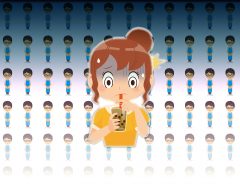
Bubble Tea Shop’s Kawaii Mood Ruined By Older Male “Staff,” Customer Gripes
-
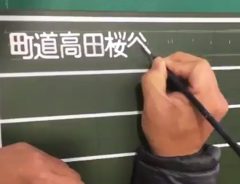
Watching This Japanese Sign-Maker’s Perfect Handwritten Work In Action Is Just Too Soothing
-
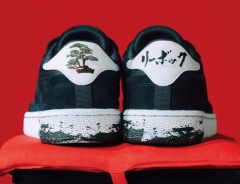
Reebok celebrate traditional Japanese calligraphy and art in new sneaker collab with yoshiokubo
-
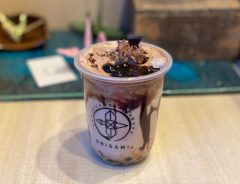
Valentines Day High Cocoa Chocolate Monster Boba Is Beautiful
-
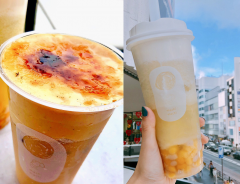
We Tried Tokyo’s ‘God’ Cheese Tea at Harajuku Bubble Tea Stand Machi Machi
-

Japanese Bubble Tea Stand Debuting Real Sakura Tapioca for Cherry Blossom Strawberry Milk Boba
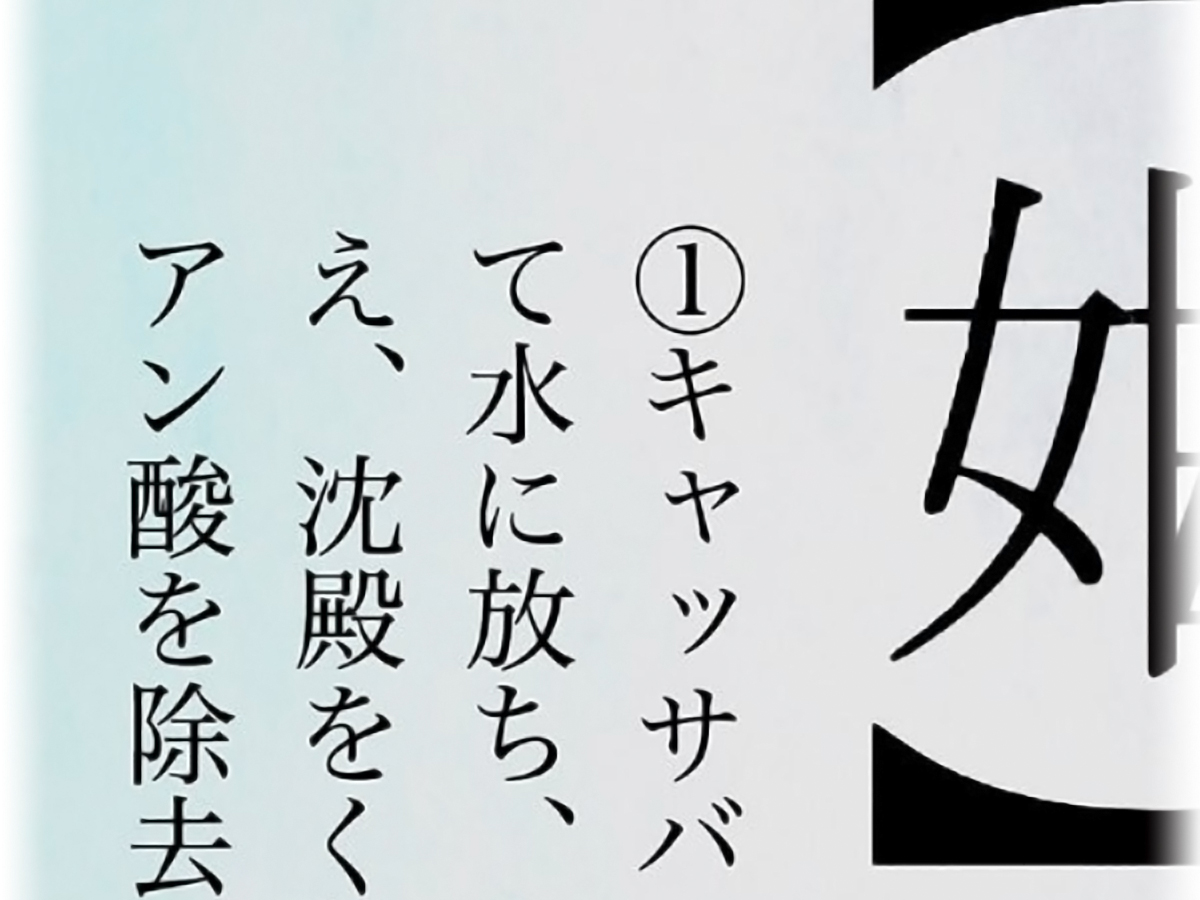


Boba Tea Boom
As the end of the year approaches, it seems to be a safe bet that the sweet drink megatrend of boba tea (or, "tapioca," as it's called here in Japan) will continue, undeterred by its naysayers, into 2020. If you're looking for proof, you can now find boba pearls in everything from ice cream bars, cheese tea and even beer. You can even find them in traditional Japanese foods like ochazuke and soaked in soy sauce and stuffed into an onigiri rice ball like this:
Tapioca Typography
Perhaps the real proof that something has become recognized in any given society is when it officially enters the dictionary.
While we still haven't reached that point with boba tea in Japan, creative calligrapher and ad planner Monyaizumi (@Monyaizumi) gave us a glimpse at what that may look like earlier this year.
If the name Monyaizumi looks familiar to some of our readers, that's because we introduced his work before when he created an original kanji for Gundam.
This time, the clever calligrapher imagined what it would be like if "tapioca" drink could be written with a single kanji character.
Introducing the noun "tapioca" and the verb tapiru:
With permission from © Monyaizumi (@Monyaizumi)
Here is my original kanji for "Tapioca"
The dictionary-like definition text for this kanji entry reads as follows:
Kun-reading: tapioca
On-reading: ta
1. A starch derived from cassava roots. The roots are crushed, soaked in water, and starch is obtained from the deposits. By changing the water and collecting the deposits multiple times, toxic cyanic acid is removed from the roots. Used as food.
2. A soft drink containing tapioca.
Tapiru
With permission from © Monyaizumi (@Monyaizumi)
While the left side of the kanji is woman 女, on the right side, Monyaizumi used the kanji meaning "sweet" 甘 amai, and added a line and a dot to recreate the appearance of a boba tea drink with a pearl at the bottom and a straw stuck in it. Since many popular boba tea drinks are now served with a plastic seal on top, and many of them, like cheese tea, are divided into two layers, the 甘 kanji seems to be almost tailor-made for this purpose.
Let's not forget the verb "tapiru":
With permission from © Monyaizumi (@Monyaizumi)
In a nod to the photogenic nature of boba tea drinks and their popularity in social media, Monyaizumi created the verb by adding the kanji 撮 used in 撮る toru, meaning "take (a photo)."
Whether or not the artist had originally planned it this way, one Twitter user noticed something even more amazing. If you look carefully, you can even find the katakana タピオカ (tapioca) hidden within the kanji itself!
Monyaizumi is definitely an artist to watch, especially if you're interested in kanji and language in general. If you'd like to keep up to date with his latest creations, you can follow him on Twitter account here and visit his website here.